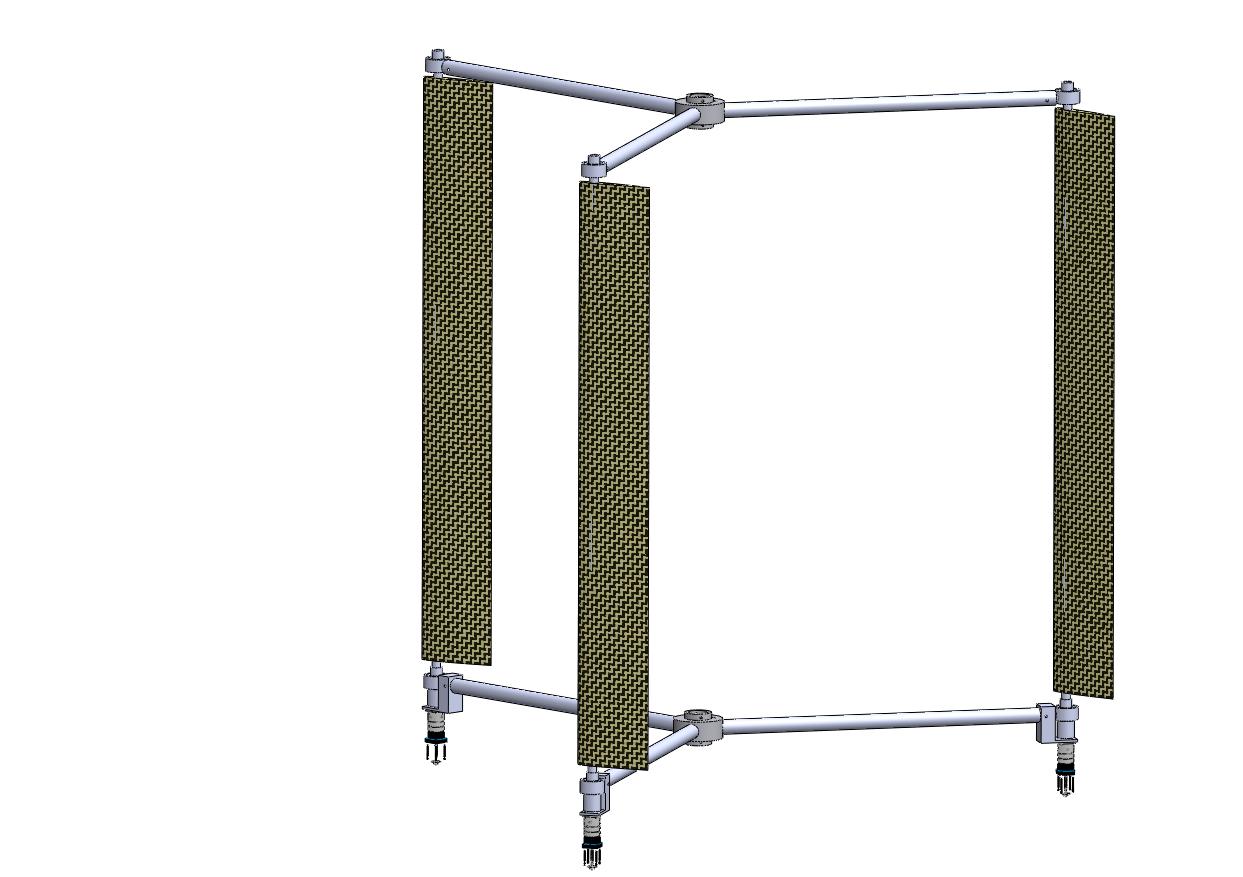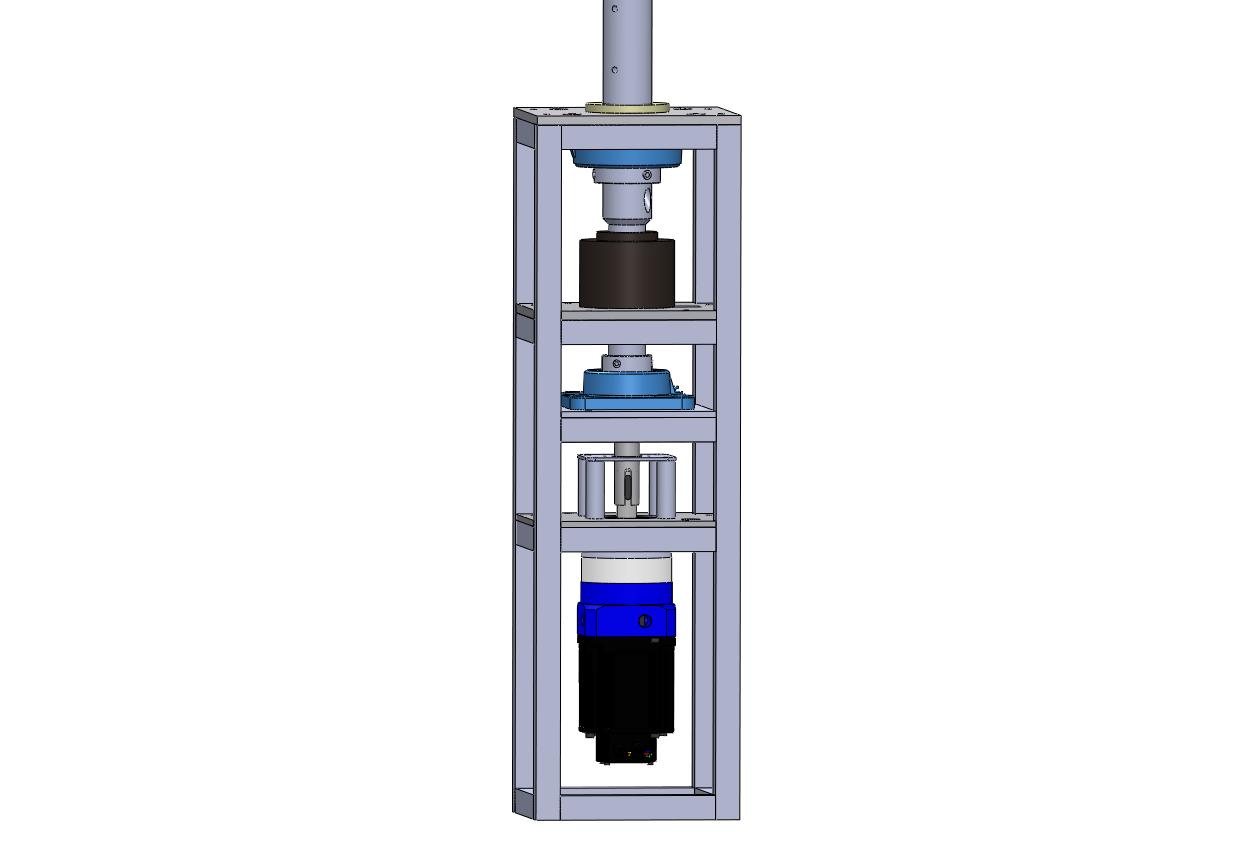
|
SUPPORT SITE |
|
Princeton Satellite Systems is designing a small vertical axis wind turbine (VAWT) that employs novel control methods for individual blade pitch. The vertical orientation is ideal for small turbines, making them impervious to wind direction. Regulating each blade's angle of attack allows for a wider range of operational wind speeds, therefore improving the turbine's ability to extract energy. Simulations have shown individual blade pitch control to enable the generation of energy in cases where a lack of control would result in energy dissipation. PSS is also developing a high efficiency power conversion system and an aerodynamically-optimized blade design to maximize turbine power output.
The technologies developed through this research are not specific to a particular VAWT design, and can be integrated with existing and future systems to augment performance.
Most commercial wind turbines operate at energy efficiencies lower than that which is theoretically possible. The efficiency can be improved by implementing active (feedback) control, and in this SBIR Phase I project, PSS sought to develop control technologies for improving not only the efficiency, but also the cost-effectiveness of small-scale VAWTs. A pitch blade actuator, advanced control and estimation algorithms, and nonlinear filtering methods were integrated with a power converter, generator and wind vector sensor to reduce the cost per kilowatt of wind energy production. PSS manufactured an alpha prototype as shown below.
Cooperative control methods were also investigated for multiple VAWTs installed on a building. A group of pitch-controlled VAWTs equipped with inter-unit communication make an ideal platform for extracting power from the complex airflow pattern expected in an urban setting.
The VAWT prototype consists of a three-blade rotor assembly and a generator housing assembly joined by a main shaft. It was designed by PSS engineers and manufactured by a machine shop under the supervision of the designers. The prototype is intended to verify performance improvements resulting from control. The testing and design process is ongoing.



For more information on the home and business small wind turbine go to Commercial VAWT
PSS is currently pursuing agreements to develop units for use in areas of Africa where electricity is scarce or unavailable. It is estimated that roughly 1.6 billion people do not have access to electricity, with most of them being in Africa and South Asia. Without extensive investments in electric power, this number may still be 1.4 billion by 2030. In Nigeria, for example, current per capita energy consumption is 200 kWh, which is inadequate for any kind of growth. Expansion would require large electrification projects. Given 8760 hours per year and 50% availability a 100 W wind turbine would provide the required power for 2 people. While this analysis is simplistic, it shows the impact that small wind turbines can have in Africa.
P. Bhatta and M. Paluszek Vertical Axis Wind Turbine Using Individual Blade Pitch and Camber Control Integrated with a Matrix Converter, 61/044,245 4/11/2008.
P. Bhatta and M. Paluszek Matrix Converters for WInd Energy Conversion Systems, 61/046,529 4/21/2008.
For more information: Wind Turbines Inquiry